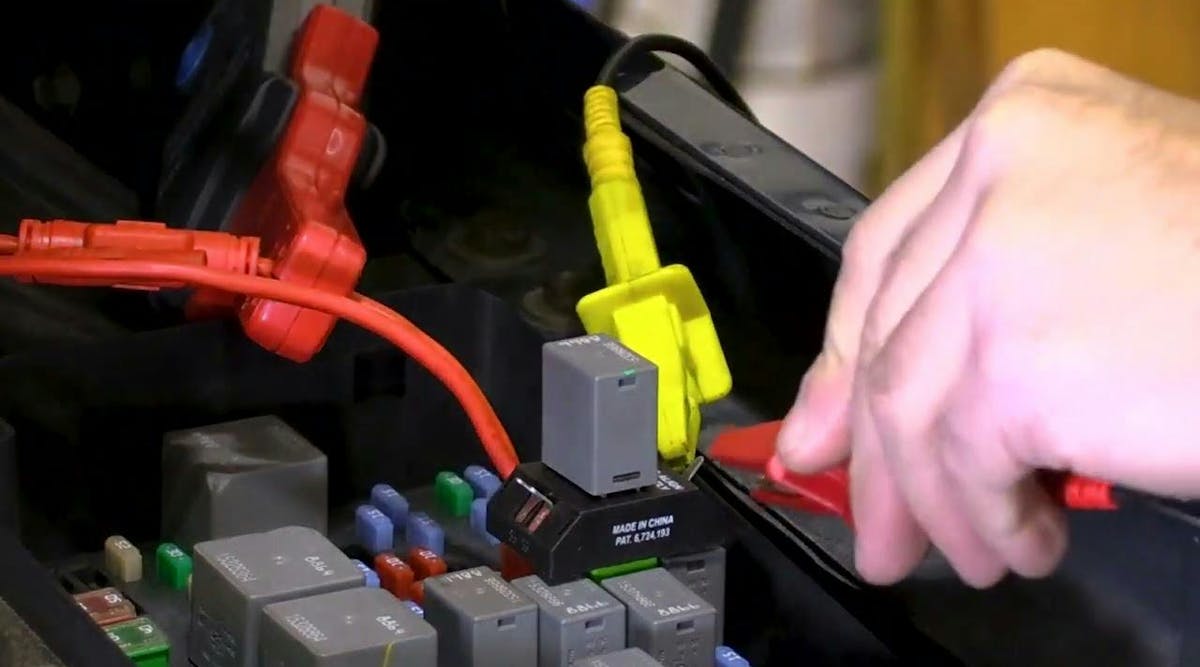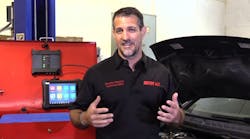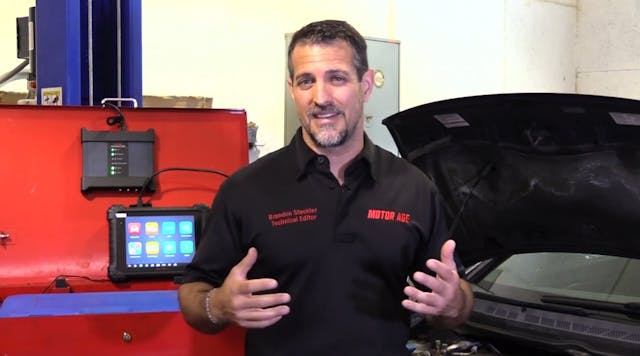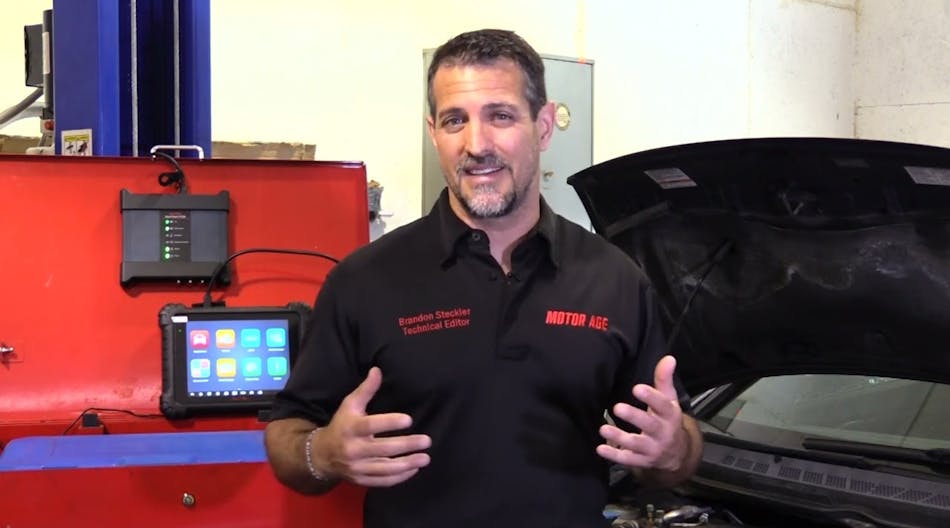Troubleshooting driveability customer concerns when no code is recorded by the ECM can be challenging. It can be made less so if you follow a few simple guidelines!
First, follow a logical diagnostic process. My personal process is to consider every system and component "suspect" until proven otherwise. Never assume that the problem can't be caused by something until you do - or you'll find later that that is exactly what's causing the issue! Another important component of this approach is to begin with generalized tests in order to eliminate as many possible problems as you can, as quickly as you can. It helps to remember that driveability is impacted by only four things:
- There is a problem with the engine itself that is not allowing for proper compression or engine sealing during combustion.
- There is a problem with volumetric efficiency – that is, the engine’s ability to breathe.
- There is a problem with ignition, a secondary spark that is not happening consistently, at the right strength or at the right time.
- There is a problem with fuel. The fuel delivery system, from the tank to the injector, is not delivering the right quantity of fuel at the right time and in the right spray pattern.
I like to begin my diagnosis with a relative compression test. With a passing test result, I’m now 95 percent sure that there is no problem with the engine’s ability to seal the combustion chamber or compress the air charge. I say 95 percent because there are more and more instances of intermittent sealing caused primarily by excess carbon build-up and you may or may not catch that in action using this test, so keep that in the back of your mind as you continue your diagnosis. But the good news is that the majority of issues that could affect the seal and compression of the engine is off the list of suspects!
Next is a volumetric efficiency test, a test of the engine's ability to breathe! A fail here means you’ll need to take a closer look at any factor that can prevent air from getting into – and getting out of – the combustion chamber. That can be anything from a clogged cat or air filter to a problem with the VVT systems. But if the test passes, I don’t have to worry about any of these issues. They have all been eliminated from my suspect pool!
The list of possibilities is getting smaller and smaller. Next is the ignition system.
If I’ve identified a specific cylinder as a problem, the simplest ignition test is made by using an oldie but a goodie - the spark checker. But if I want to dive deeper into the ignition system, I want to see the ignition event and for that I’ll need the scope. The actual testing method you'll need is based on the ignition system design you're dealing with. To actually see the spark event, for example, on some COP designs, you'll need a COP paddle probe or accessory secondary leads you can install between the coil and the plug. As a side note, if there is an intermittent sealing issue, this is one of only two methods I can think of that will help you spot it!
Last is fuel. I say last, because this can be the most challenging to troubleshoot. Any imbalance between cylinders can cause a driveability issue. The key here is to remember that it is the quantity of fuel that is important, as well as delivering it at the right time AND with the right spray pattern
























